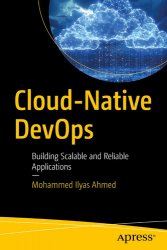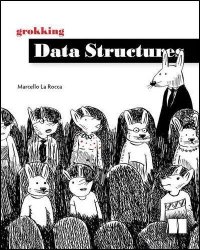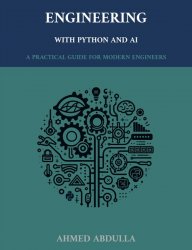- Добавил: literator
- Дата: 6-07-2024, 08:09
- Комментариев: 0
 Название: Algorithmic Trading Systems and Strategies: A New Approach: Design, Build, and Maintain an Effective Strategy Search Mechanism
Название: Algorithmic Trading Systems and Strategies: A New Approach: Design, Build, and Maintain an Effective Strategy Search MechanismАвтор: Viktoria Dolzhenko
Издательство: Apress
Год: 2024
Страниц: 452
Язык: английский
Формат: pdf (true), epub (true)
Размер: 12.1 MB
Design and develop a complex trading system from idea to operation. Old approaches were based on manually searching for strategy ideas. This book shows you how to create a system that will generate, optimize, and launch profitable strategies into a fully automatic mode. Imagine a system that only requires access to the Internet and electricity from a trader. This book describes the architecture and features of such a system and provides recommendations for further development. Most books cover only the implementation stage and overlook the design and maintenance of these systems. Here, you’ll walk through the entire process of creating a complex, scalable and easily supported system. For example, you’ll design an application based on microservice architecture and learn about development environments. You’ll also examine the advantages of horizontal scaling in the context of creating trading systems. Along the way, you’ll set up Kubernetes, connect the monitoring system, and understand the intricacies of continuous integration and continuous delivery. Testing and identifying only dozens of strategies is a thing of the past. Algorithmic Trading Systems and Strategies: A New Approach shows you how to analyze thousands in the same amount of time. The global trend to automate and algorithmize everything has now come to trading, and every year the number of algorithmic systems that help traders or that even trade independently is growing. Anyone can buy an algorithmic robot; you don’t need to be a programmer. Of course, you can create your own trading system using your own ideas. But what do you do if you have no programming skills? Genetic algorithms are a popular type of algorithm belonging to the population class. These are the ones I will use in the search for the optimal strategy. This class of algorithms was based on the ideas of Darwin’s theory of natural selection.









